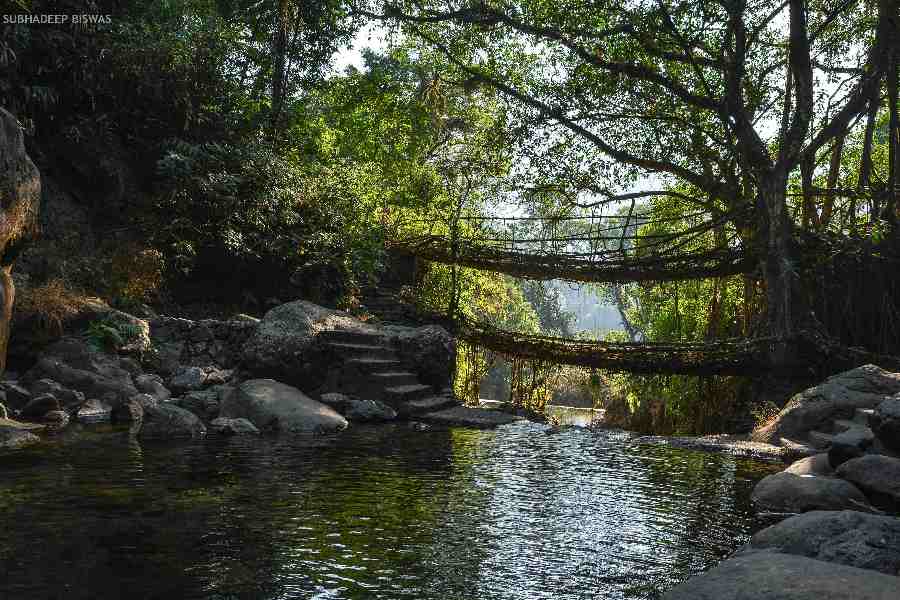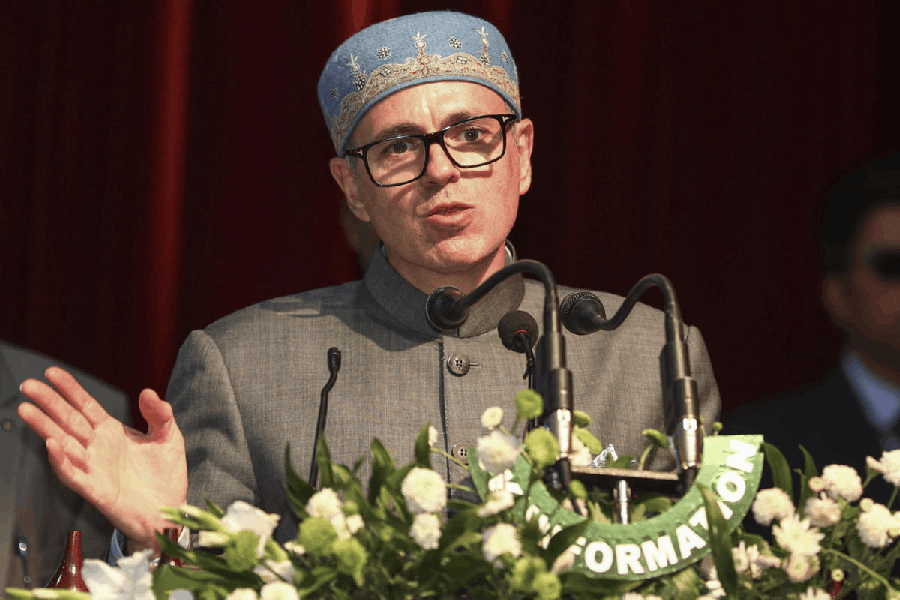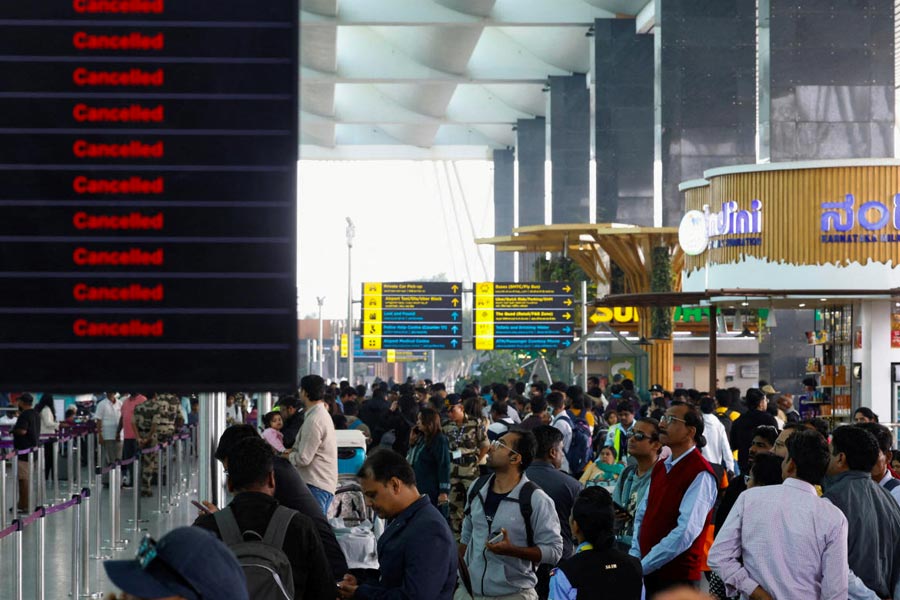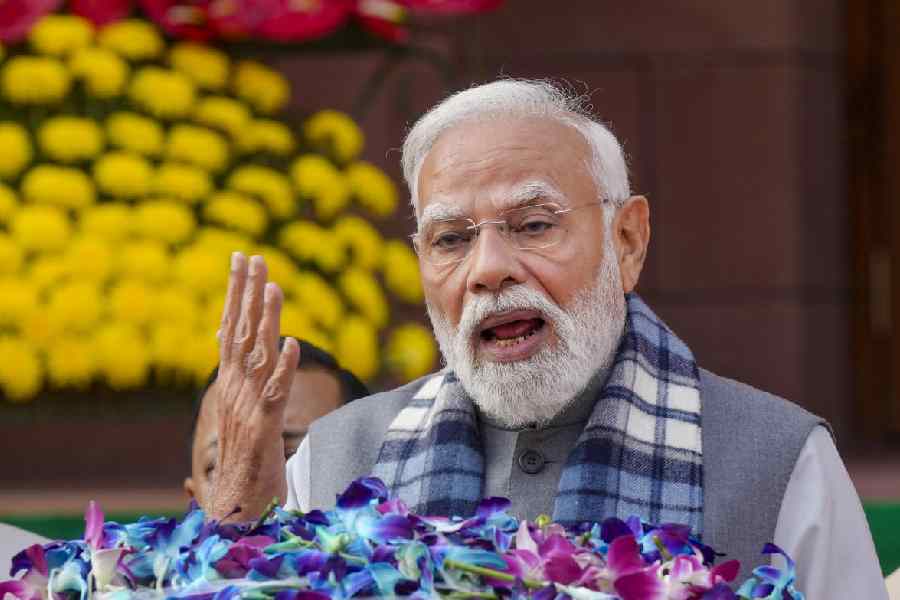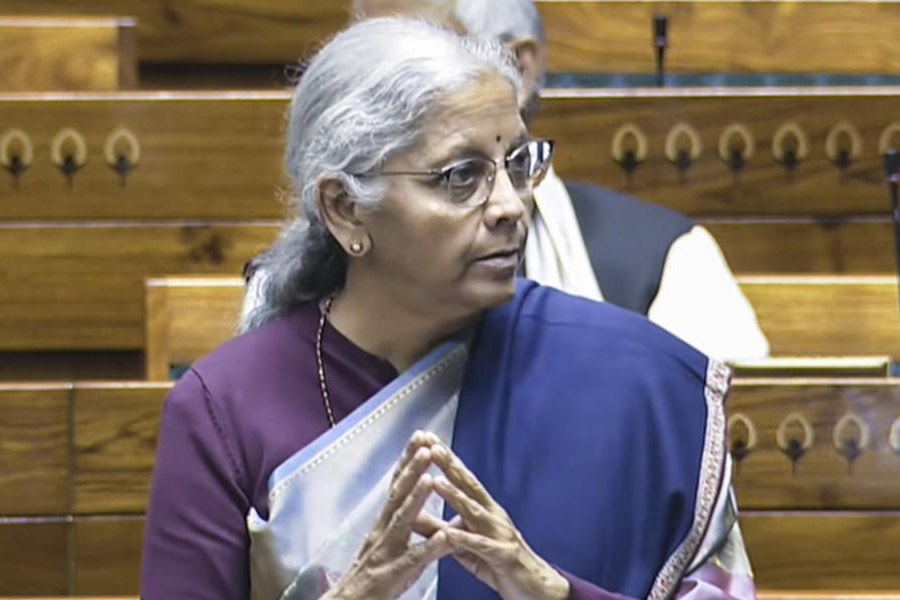Union Finance Minister Nirmala Sitharaman has expressed strong support for Meghalaya's efforts to secure UNESCO World Heritage status for the iconic living root bridges in East Khasi Hills district of the state.
Sitharaman on Saturday praised the recent grassroots momentum to revive the nomination and strengthen the proposal through community engagement and international partnerships.
She emphasised that global recognition would not only honour traditional knowledge but also inspire others to adopt sustainable practices rooted in local wisdom.
"Recognition is not for showing off, but for showing the world that you did it first," she said, during her visit to the living root bridge in Siej village on Saturday.
"Your practices are not only effective they are replicable," she said.
These natural, bioengineered structures handcrafted over generations by indigenous Khasi and Jaintia communities represent a rare harmony between nature and human innovation. The bridges are mostly found in the southern slopes of Meghalaya towards Bangladesh border.
The proposal, backed by the state government and conservation experts, highlighted the ecological, cultural, and architectural significance of these living structures. However, the nomination faced delays due to procedural requirements, lack of comprehensive documentation, and the need for greater community-led participation in the heritage mapping process.
The Union Finance minister on Saturday also interacted with village elders, local leaders, and beneficiaries of the Payment for Ecosystem Services (PES) programme, an initiative supported by the World Bank, KFW, and ADB, to understand how traditional ecological knowledge continues to be preserved and innovated by indigenous communities.
She also visited Sohbar, a border village in East Khasi Hills district, the first Union minister to do so and highlighted the importance of such villages.
"Border villages like Sohbar are not the end of India, but it is the beginning," she said.
Sohbar is one of the 92 villages in Meghalaya selected under the second phase of the Vibrant Villages Programme (VVP).
The Union Finance minister outlined focus areas for development in Sohbar - road infrastructure, telecom and digital connectivity, television coverage, and electricity access. She assured the residents that within a 5-kilometre radius, they would have access to banking facility, ATM, or financial institution for inclusive growth and rural entrepreneurship.
The Finance Minister will conclude her four-day visit to Meghalaya with a stop at the Ramakrishna Mission Ashram School in Sohra on Sunday.
The Ramakrishna Mission has played a pivotal role in education, healthcare, and rural upliftment in Sohra and adjoining regions for decades.
Through its schools, vocational training, and community outreach programmes, the RKM has empowered generations of youth in the Khasi Hills, with a strong focus on value-based education, self-reliance, and social service.
Except for the headline, this story has not been edited by The Telegraph Online staff and has been published from a syndicated feed.

